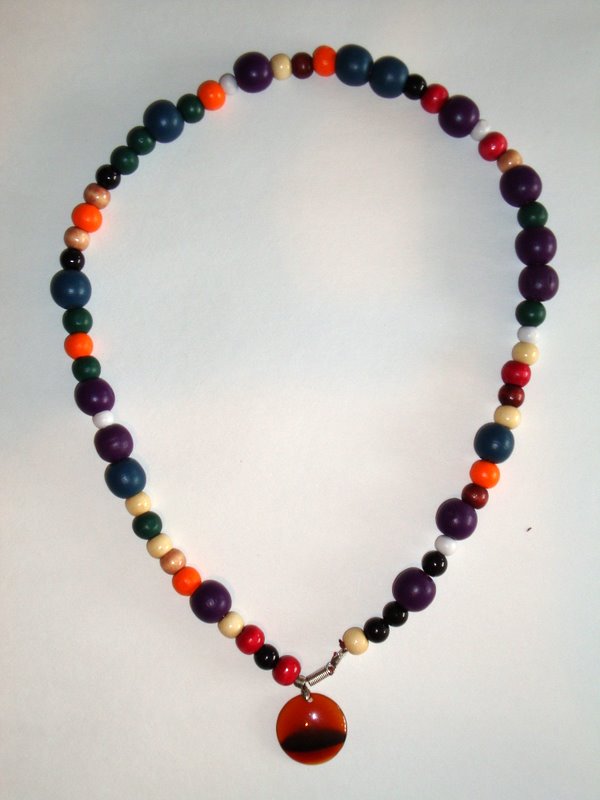We were fortunate to receive a 3D printer for use in our math class midway through the last school year. Figuring out how it best worked was fun, and often frustrating.
We enjoyed a variety of successes throughout the spring, printing simple surfaces and some complicated ones, too. It was fascinating to uncover how the printer, and its software and hardware, tackled certain engineering obstacles, like how to print in mid-air!
Ultimately I got comfortable enough to start producing some lesson-specific mathematical objects. This trio of solids I designed worked perfectly as an introduction to Cavalieri’s principle: seeing and holding the objects immediately initiated the conversations I wanted students to have.
By the end of the school year, I felt comfortable enough with the process to run our first official student project. It was fairly open-ended, with options for students, but essentially the idea was to design an object for printing using equations and inequalities.
The project was a success, and here are some of the student designs.

I’m looking forward to exploring some new ideas and projects this year. It’s clear to me that this technology, which is fundamentally mathematical in concept and design, can play a valuable and meaningful role in math class.


